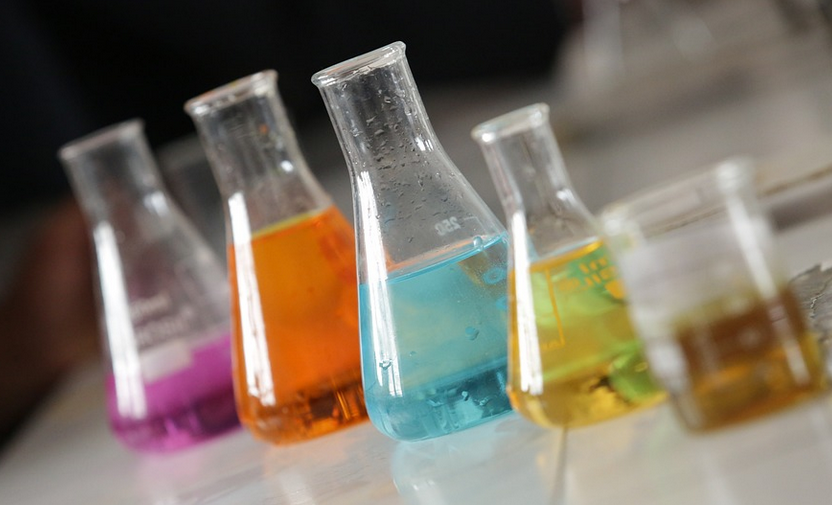Introduction
Chemical peel is a popular cosmetic procedure that helps improve the texture and appearance of the skin. It involves the application of a chemical solution that causes the skin to exfoliate and eventually peel off. If you’re planning to undergo this treatment, it’s essential to know the stages that your skin will go through to prepare yourself and manage your expectations. In this article, we’ll discuss the stages of a chemical peel in detail.
Stage 1: Pre-Peel Preparation
Before undergoing a chemical peel, your skin will need to be prepared to ensure the best results. Your dermatologist will advise you to avoid using products that contain retinol, glycolic acid, or any other active ingredients that can irritate your skin for at least a week before your procedure. You may also be asked to stop using certain medications or supplements that can increase your risk of bleeding.
Stage 2: Application of the Chemical Solution
During the chemical peel procedure, your dermatologist will apply the chemical solution to your skin using a brush or cotton swab. You may feel a mild burning or stinging sensation, but this is normal and should subside after a few minutes. The solution is left on your skin for a specific period, depending on the strength of the peel and your skin type.
Stage 3: The Peeling Process
After the chemical solution is removed, your skin will start to peel within a few days. This stage can last anywhere from three to seven days, depending on the strength of the peel and your skin’s ability to heal. You may experience redness, dryness, and itching during this stage, but it’s essential not to scratch or pick at your skin to avoid scarring.
Stage 4: Post-Peel Care
Once your skin has finished peeling, you’ll need to take extra care of it to ensure that it heals correctly. Your dermatologist will recommend using a gentle cleanser, moisturizer, and sunscreen to protect your skin from the sun’s harmful rays. You may also need to avoid using makeup or other skincare products that can irritate your skin for a few days.
Benefits of a Chemical Peel
Chemical peels offer several benefits, including improving the appearance of fine lines and wrinkles, reducing acne scars and hyperpigmentation, and increasing collagen production. They also help to unclog pores and improve skin texture, leaving you with smoother, brighter, and younger-looking skin.
Who Can Benefit from a Chemical Peel?
Chemical peels are suitable for most skin types, but they’re particularly beneficial for people with acne-prone or oily skin, sun-damaged skin, and those with fine lines and wrinkles. However, if you have sensitive skin, eczema, or rosacea, you may need to avoid chemical peels altogether or opt for a milder treatment.
Conclusion
Chemical peels are an effective way to improve the appearance and texture of your skin. By understanding the stages of a chemical peel, you can prepare yourself for the procedure and manage your expectations. If you’re considering a chemical peel, we recommend consulting with a dermatologist to determine the best treatment plan for your skin type and concerns.

